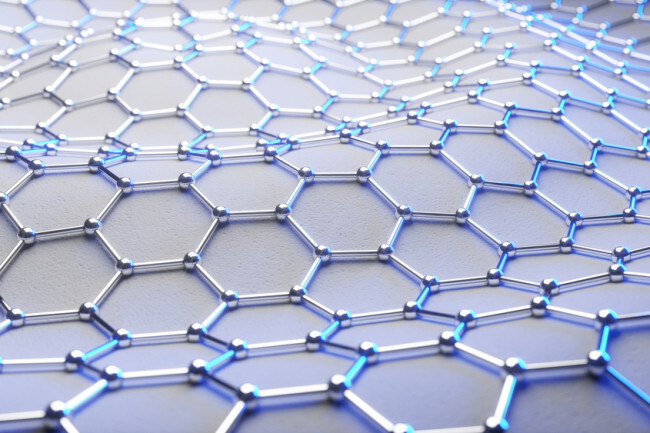Sector Focus:The Varying Forms of Boron Nitride

What is Boron Nitride?
Boron Nitride, or BN, is not as “famous” and has less visibility than other simple inorganic compounds, such as Sodium Chloride or Aluminium Nitride. Often used in high-temperature applications due to good thermal and chemical stability, Boron Nitride also has an exciting future within nanotechnology.
BN, just one Boron atom to one of Nitrogen, is a primarily synthetic material that has multiple structural forms. It’s a thermally and chemically resistant refractory compound of Boron and Nitrogen that creates the Boron Nitride formula. Nowadays, the compound is usually made by reacting Boron Trioxide or Boric Acid with Ammonia or Urea in an atmosphere of Nitrogen.
Hexagonal Boron Nitride
The hexagonal form, hBN, has optical properties that enable (nano)photonic functionalities. This form, corresponding to Graphite, is the most stable and soft among BN polymorphs and so is used as a lubricant and additive to cosmetic products. Aside from cosmetics, the hexagonal form is incorporated into high-temperature ceramics, self-lubricating bearings and electronics.
Cubic Boron Nitride
Cubic BN, cBN, is isoelectronic with diamond. It’s not as hard as diamond, but it is more thermally and chemically stable and the manufacturing process of cBN is similar to that of synthetic diamonds. Unlike diamond, it’s insoluble in metals at high temperatures, making cBN useful as an abrasive and oxidation-resistant metal coating. You can produce Cubic Boron Nitride from the hexagonal form, by applying extreme pressure and heat. This results in crystals similar to those of diamonds.
Wurtzite Boron Nitride
Another significant form of Boron Nitride is the Wurtzite form (wBN), the same strangely distorted crystal structure adopted by Cadmium Sulphide and Zinc Oxide. Wurtzite BN is similar to Lonsdaleite, a Carbon equivalent. It’s technically harder than the cubic form, although, it has limited practical applications to date, such as machining/cutting/milling ferrous and carbide materials. It lends itself to use as a superabrasive, where it has the advantage of having a structure that sharpens as it’s used. Recently, wBN has attracted great attention for his implementation on advanced optical and electronic devices due to its wide bandgap, high thermal conductivity and large spontaneous polarisation.
Boron Nitride Nanotubes
Again, paralleling with Carbon, nanotubes can be made from BN (BNNTs), constituting a one molecule-thick sheet rolled up to make a tube. Just like Carbon nanotubes, the BN equivalent is very strong and light. However, unlike the Carbon version, Boron Nitride tubes are insulators, less chemically reactive and less susceptible to thermal breakdown when exposed to high temperatures. A possible future application for these nanotubes is within aerospace construction, where they could enhance the strength of a composite while maintaining a lightweight material.
For more information on Boron Nitride and the product range that Goodfellow stock, please contact our team today.






